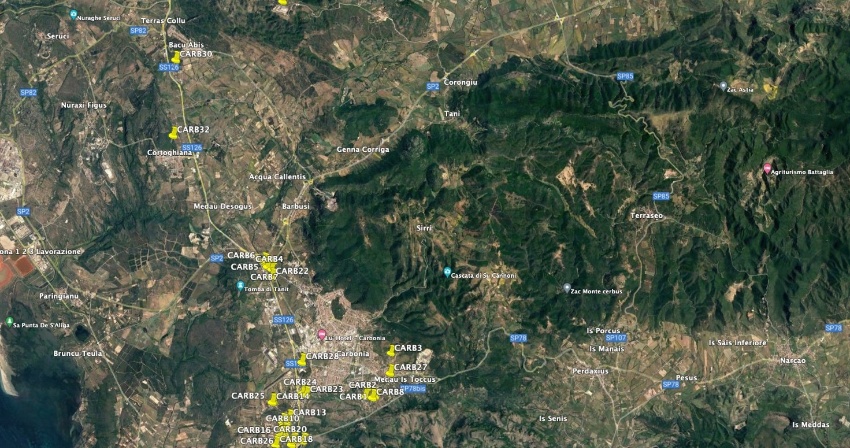Geothermal Energy: no limits and boundaries
The Auree project focuses on geothermal energy: a sustainable, almost infinite and available everywhere energy. New technologies now allow us to harness it with other renewable sources.
Date:
09 January 2024
The Auree project aims to develop a web portal as a support tool for energy efficiency strategies and the renovation of urban building heritage. The project is initially addressed to Carbonia, an example of the Italian small to medium-sized towns with a Mediterranean climate context.
The portal examines not only the construction characteristics of the building but the building-plant system in its entirety, proposing both technically and economically advantageous solutions. Depending on the citizen's willingness to invest, it suggests ‘light’ or ‘deep’ interventions, also aimed at the refurbishment of the systems that serve the house. It thus provides the user with the basic knowledge needed to interact with a professional in the sector.
The portal's suggestions also take into account the current need to move away from fossil fuels (diesel, LPG, natural gas) for facilities serving the flat or house in favour of renewable energy sources such as solar, wind and geothermal. With reference to this last resource, since last year the Auree project has been characterising the territory and defining scenarios for the development in Sulcis-Iglesiente of low-enthalpy (low temperature) technologies based on this source.
But what is geothermal energy and why should it be exploited, along with other renewable alternatives?
Geothermal energy is present in the form of heat below the earth's surface and originates from the flow of heat from the innermost parts of our planet, i.e. the core and mantle, towards the surface through the earth's crust. Geothermal energy is a sustainable, renewable and almost infinite source of energy: it can provide heat and electricity for 24 hours a day throughout the year and is available everywhere, albeit at different depths in the earth's crust.
The use of this energy source has great environmental and economic benefits. Until now, man has only used a fraction of it. Today, however, we have technologies available that allow us to exploit this resource in combination with other renewable sources. For example, where the temperature of underground reservoirs is high, the earth's heat can be used for district heating, i.e. heating distributed by a network of pipes, and for electricity generation by means of innovative high-efficiency gaseous pollutant abatement plants. At lower temperatures, geothermal energy can be exploited for small domestic heating and cooling systems using heat pumps.
In order to design systems based on the geothermal source, it is necessary to acquire geological, hydrogeological and thermal information to know the characteristics of the aquifer and the underground heat flow. During 2023, the bibliographic study of Sardinia's geothermal potential was deepened, focusing on Sulcis. Numerous studies on hydrothermal phenomena are present on the territory of Sardinia (16 thermal events). The work carried out by Sotacarbo involved the acquisition of measurements from 28 artesian wells between 20 and 100 metres deep located in the municipality of Carbonia, as part of the first phase of a much broader mapping and monitoring project that could cover vast areas of Sardinia.
Beginning this year, the Auree project will take on an executive-experimental nature, and new functions are to be developed also with the contribution of the University of Cagliari - Department of Civil, Environmental and Architectural Engineering (DICAAR). In particular, a model of a geothermal system will be developed in an urban centre for the construction of a district heating-cooling plant or building complex. The results of the model and of the hydrogeological characterisation of the territorial area of the municipality of Carbonia will be shared on specific sections and/or interfaces of the portal, to define firstly a scenario of exploitation of the geothermal resource. ELoria e FTedde
Activity financed from the PTR 2022-2024 Electricity System Research Fund.
Last update
09/12/2024, 17:39

